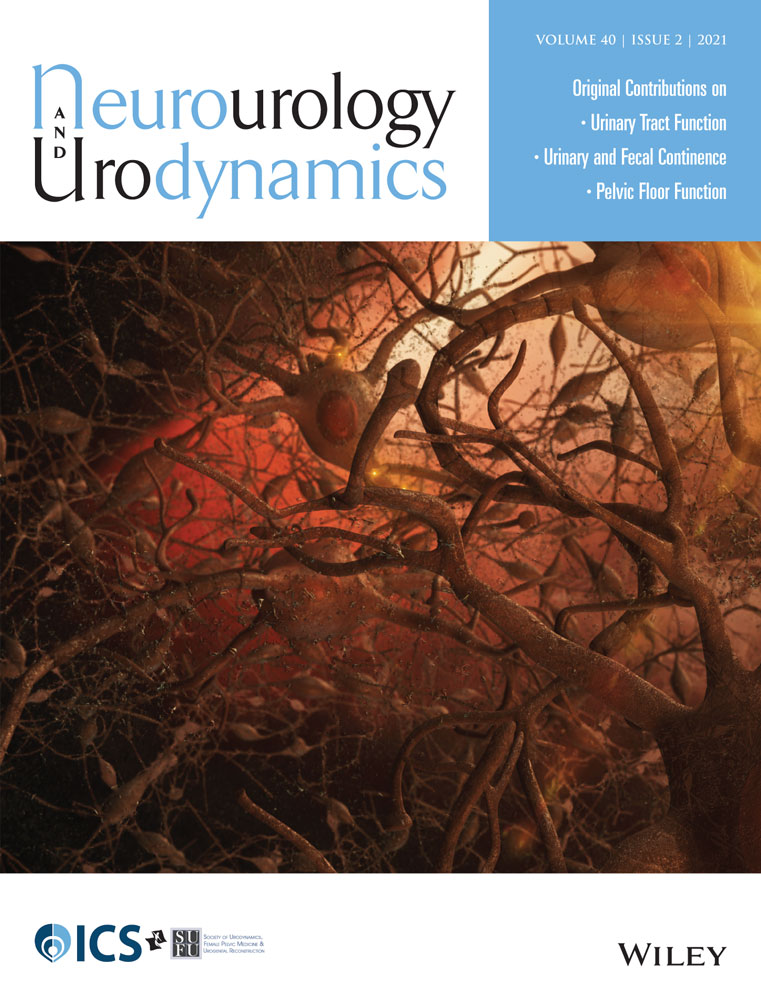Efficacy and safety of mirabegron for the treatment of neurogenic detrusor overactivity resulting from traumatic spinal cord injury: A prospective study
Abstract
Objective
To assess the clinical, urodynamic efficacy, and safety of mirabegron in patients with neurogenic detrusor overactivity (NDO) consequent to traumatic spinal cord injury (SCI).
Methods
This prospective cohort study was performed between January 2018 and July 2019 and included adult patients with stable traumatic suprasacral SCI, performing clean intermittent catheterization (CIC), and demonstrating NDO on urodynamic study (UDS). A 3-day bladder diary was made at the baseline after which all patients were started on Mirabegron 50 mg. They were followed up at 6 weeks with a repeat bladder diary and UDS which were compared with those at the baseline.
Results
A total of 30 patients (4 females, 26 males, mean age: 30.07 years) were included. After 6 weeks of treatment, 5 out of the 29 incontinent patients became completely dry. The mean frequency of CIC decreased from 6.63 at the baseline to 5.37 at 6 weeks (p = .002), the mean CIC volume increased from 275 ml to 341 ml (p = .0002), the mean number of incontinence episodes in between CIC reduced from 3.97 to 2.27 (p < .0001) and time from CIC to leakage increased from 1.73 h to 2.75 h (p < .0001). The mean cystometric capacity increased from 348 ml to 406 ml (p = .008) and the maximum amplitude of NDO decreased from 54 cm H2O to 41 cm H2O (p = .005) at 6 weeks. Only two patients reported new onset dry mouth. No major adverse events were noted and none discontinued treatment.
Conclusion
Mirabegron is efficacious and safe in patients with NDO consequent to traumatic SCI.
7 CONFLICT OF INTERESTS
The authors declare that there are no conflict of interests.
Open Research
DATA AVAILABILITY STATEMENT
The data that support the findings of this study are available from the corresponding author upon reasonable request.




